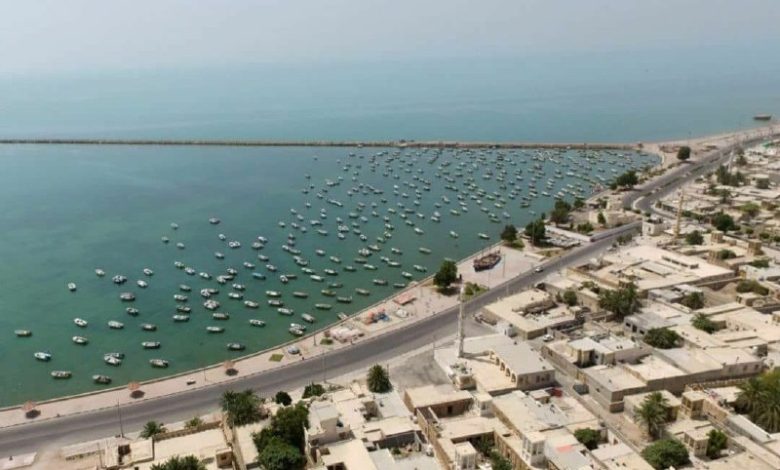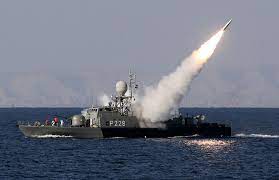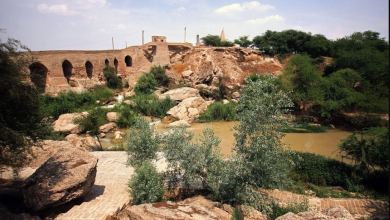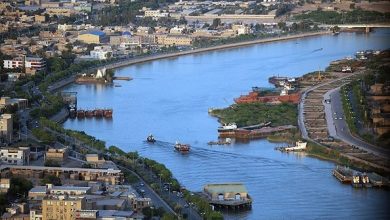
The Port of Jamburun… The Pearl of Ahwaz on the Arab Persian
The port city of Jamburun, in the occupied Arab Ahwaz region, stands among the most exquisite coastal areas on the Arabian Gulf. Serving as a primary shipping point, particularly for imports, Jamburun has a long history of trade with India, especially the port of Surat.
Jamburun also serves as a hub for maritime commerce and has been a part of global trade routes since ancient times, connecting India with Arab nations and Europe.
According to accounts from Greek historians Lucius Flavius and Alexander Nearchus, Alexander the Great’s naval commander sailed from India to Persia and from Central Asia to the Sindhu River, which marked the border of the Achaemenid Empire at the time. The Greek historian suggested that the first place he appeared near the Arabian Gulf was Hormuz, marking the earliest mention of the name Hormuz or Hormuzd in history.
According to the 2015 census, Jamburun’s population stood at 526,648 people, primarily of Arab origin but also including migrants and Persian settlers.
Tourist Destination
Every year, thousands of tourists visit the city of Jamburun and the surrounding islands. Their journey takes them from the north to the mountains, from the north to the sea, traversing diverse landscapes. As a result, the overall terrain of the city slopes from north to south.
A significant and quite remarkable portion of Jamburun, including the Suroo district in the southwest of the city, between the mouth of the Niband River (the hunt) and Khor Khorosuzan, south of the Nakhl Nakhdah district, features a flat topography, ranging from 0.6 meters to 5 meters above sea level.
Landmarks of Jamburun
The Grand Palace of Jamburun, the oldest historical structure in Jamburun, dating back more than three centuries, was built by the Dutch. This building is located within the perimeter of the old seaside quay along Taleqani Street in the Hawzah al-Ilmiyyah region.
The Hammam al-Qataa, consisting of five large and small domes, represents one of the architectural wonders of the Qajar era in Jamburun.
The Hindu Temple: with its beautiful and unique architecture, it commemorates the past presence of Hindus living in Jamburun during the Qajar period and is also known as the “Mauz Jaaroon Temple.” It is located at the intersection of Electricity in the heart of Jamburun.
The Hammam al-Thaghr: the largest historical bathhouse in Jamburun, dating back to the Qajar era, is located on Imam Musa Sadr Street. It has not yet reached regulation, and this work was registered as a national achievement on October 7, 2008.
The collection of museum reservoirs (Pools of Rain) includes six basins or reservoirs dating from the Safavid era, which were once sources for storing fresh water in Jamburun. Each reservoir has four main openings for water collection, and these basins have been registered as one of the national monuments.




